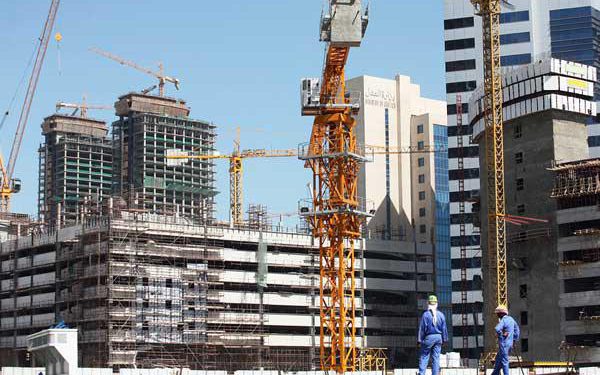The Middle East will see the flattest increase in the cost of construction globally this year, as the effect of recovering oil prices takes time to translate into increased investment, according to new research from global professional services firm Turner & Townsend.
Against average construction cost inflation worldwide of 4.3 percent, Oman's capital Muscat will see a one percent rise in the price of construction this year, while the UAE will see two percent. However, these figures are marginally higher than 2017, when Muscat was one of only two markets surveyed to experience a fall in construction costs, at -1 percent, stated Turner & Townsend in its International Construction Market Survey 2018.
The survey brings together data and experience from 46 markets worldwide. It reveals that the top five most expensive places to build are: New York, San Francisco, Hong Kong, Zurich, and London.
The UAE at $1,455 per sq m and Muscat at $1,338 per sq m are ranked 28th and 29th worldwide. Both are some way behind the global leader, New York, where prices stand at $3,900 per sq m.
The Middle East region is defying a global shortage of construction skills and labor. Almost 60 percent of markets surveyed reported a skills shortage, while the UAE was in balance and Muscat is one of only three markets to show a skills surplus.
Turner & Townsend said the whole Middle East region stands to benefit from the stabilization and steady increase in oil prices, but it will take time for the effects to be felt in increased investment in new real estate projects.
The group’s research highlights that in the UAE, construction spending has been held up by government investment in infrastructure ahead of major global events in the coming years such as Expo 2020 Dubai and this up-front investment by the state is expected to drive private sector development in hotels and leisure facilities ahead of the event, it added.
In contrast, as the Omani government nears completion of a number of major projects – such as the new Muscat airport – the state’s 2018 budget for development is down 17 percent from 2017, said Turner & Townsend in its report.
But private sector investment may offset this reduction, with increased interest in commercial development – including hotels – and infrastructure, such as the $2.6 billion railway link to transport limestone from Al Shuwaymiyah.
Turner & Townsend’s survey analyses input costs – such as labor and materials – and charts the average construction cost per m2 for commercial and residential projects.
In recognition of the growing importance of Asian markets, the 2018 report includes Shanghai, Jakarta and Ho Chi Minh City for the first time.
Alan Talabani, the regional managing director of Middle East at Turner & Townsend, said: "Governments across the Middle East are taking active steps to diversify their economies and move away from their reliance on oil. This is a long-term challenge and, for the moment, oil prices remain the most important factor influencing capital investment decisions in the region."
As prices return to stable levels and the region prepares for major events such as the Expo 2020 Dubai, both governments, and private investors should focus on the opportunity to drive better outcomes from their investment plans, remarked Talabani.
"We need a worldwide shake-up of the industry model to bring about greater collaboration between investors, asset owners, and the supply chain, incentivizing innovation and rewarding those who deliver better outcomes," said the top official.
"In the Middle East, this means greater sharing of risk and reward between clients and contractor, and such steps will help to reduce lengthy disputes and allow the client to get a greater return on investment," he added.
TradeArabia News Service
20/05/2018























































